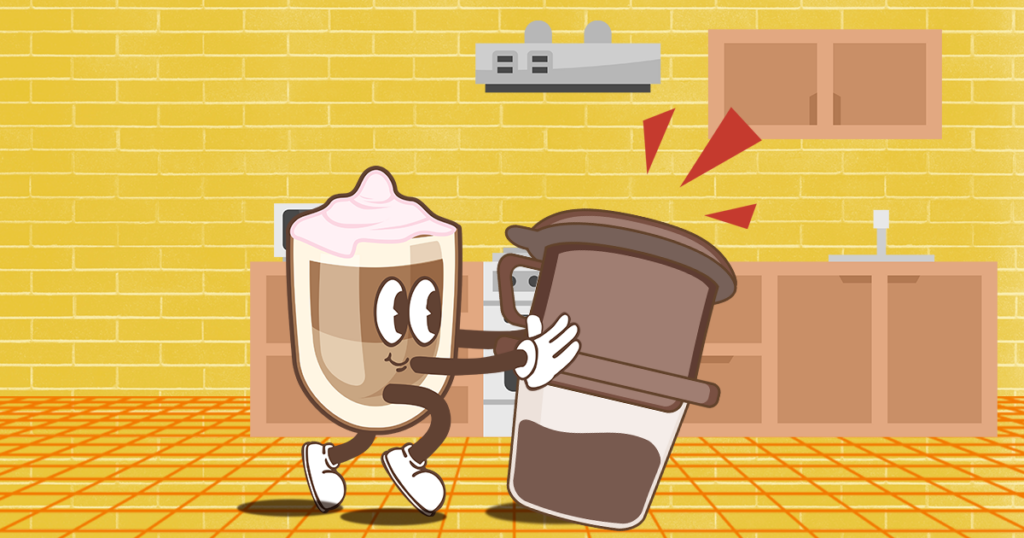When browsing through coffee aisles or ordering your favorite brew, you might wonder: are coffee beans and espresso beans the same thing? While they come from the same coffee plant, their roasting process, grind size, and brewing methods set them apart. Understanding the key differences can help you choose the perfect coffee for your needs.
Understanding Coffee Beans and Espresso Beans
All coffee starts with the same raw beans, but how they are processed determines whether they are labeled as coffee beans or espresso beans. The primary distinction lies in the roast level. Coffee beans and espresso beans differ in their roasting, with espresso beans typically roasted longer to achieve a deeper, bolder flavor.
Roasting Differences Between Coffee Beans and Espresso Beans
Roasting plays a crucial role in defining the flavor profile of coffee beans and espresso beans. Regular coffee beans, used for drip coffee or pour-over methods, are often roasted to a medium level, preserving their acidity and bright flavors. In contrast, espresso beans are roasted darker to create a richer, more concentrated taste ideal for espresso shots.
Grind Size and Brewing Methods
Another key difference between coffee beans and espresso beans is the grind size required for brewing. Regular coffee beans are ground coarser for brewing methods like drip coffee makers, French presses, and pour-overs. Espresso beans, on the other hand, require a fine grind to create the intense, full-bodied shot that espresso machines produce.
Can You Use Coffee Beans for Espresso?
Technically, you can use any coffee beans to make espresso, but the result may not be as satisfying. Coffee beans and espresso beans are processed differently to optimize flavor for their respective brewing methods. Using regular coffee beans in an espresso machine might result in a sour or weak shot, while using espresso beans in a drip coffee maker could make the brew taste overly bitter.
Choosing Between Coffee Beans and Espresso Beans
When selecting between coffee beans and espresso beans, consider your preferred brewing method. If you enjoy a lighter, aromatic cup, go for regular coffee beans. If you prefer a bold, concentrated shot with a creamy texture, espresso beans are the way to go. Your choice ultimately depends on how you like your coffee experience.
Conclusion
While coffee beans and espresso beans originate from the same plant, their differences in roasting, grind size, and brewing methods make them distinct. Whether you prefer the versatility of regular coffee beans or the intensity of espresso beans, understanding these differences can help you make an informed choice for your next cup.
References:
- National Coffee Association. “Coffee Roasting Guide.” www.ncausa.org
- Specialty Coffee Association. “Espresso Basics.” www.sca.coffee
- Perfect Daily Grind. “Differences Between Coffee and Espresso Beans.” www.perfectdailygrind.com

